BCS Audio have supplied the audio equipment for this iconic stage at Boomtown Fair for a few years now, and this year it was my job to look after it's deployment and operation.
Nestled at the bottom of a vast natural amphitheatre, the stage hosts the festival's headliners and can hold an estimated 35,000 audience. From it's conception the stage has been the festival's centre of Reggae, Dub and Hip Hop, with this year's headliners being Chronixx, Groove Armada, The Streets, UB40 and Ms. Lauryn Hill.
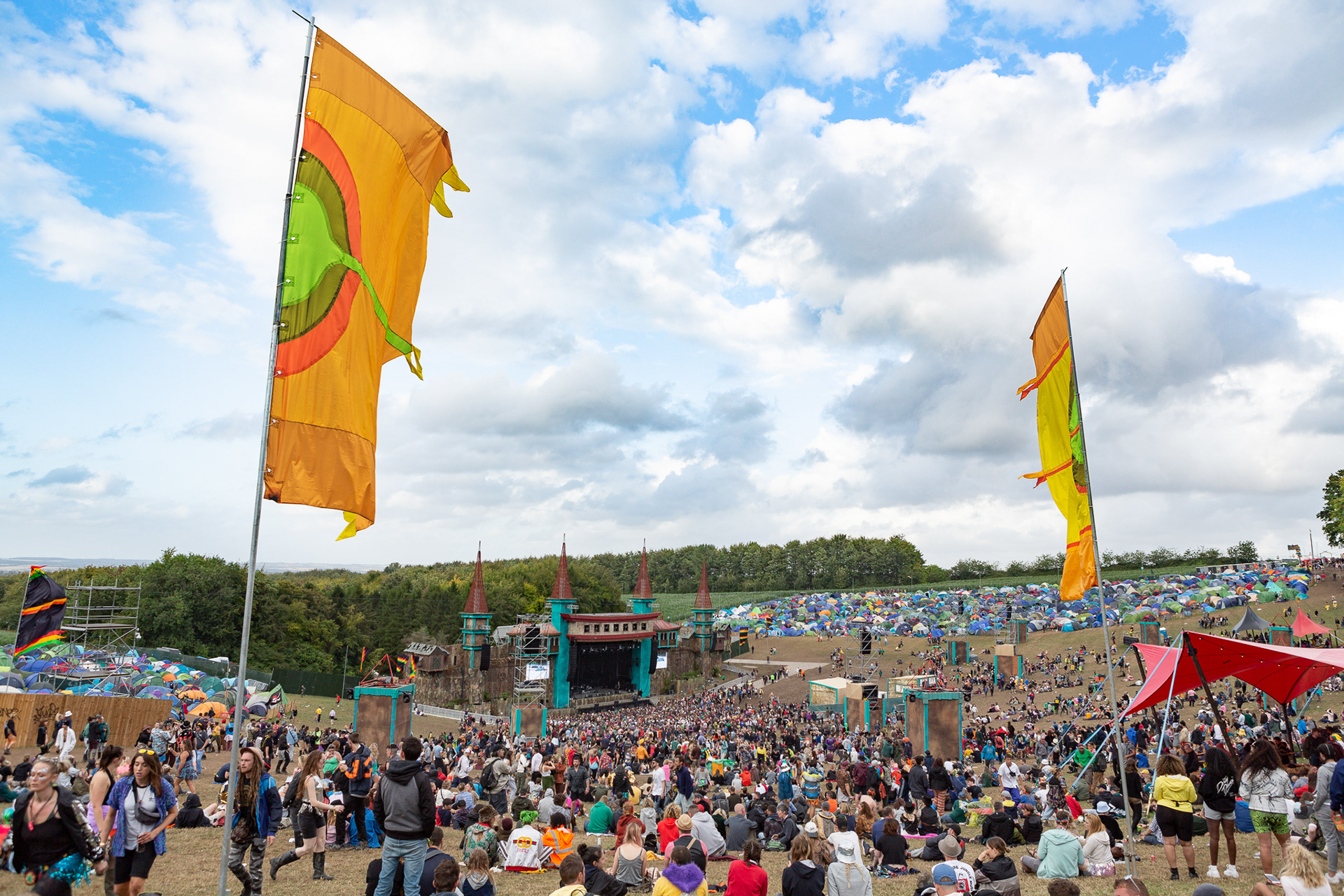
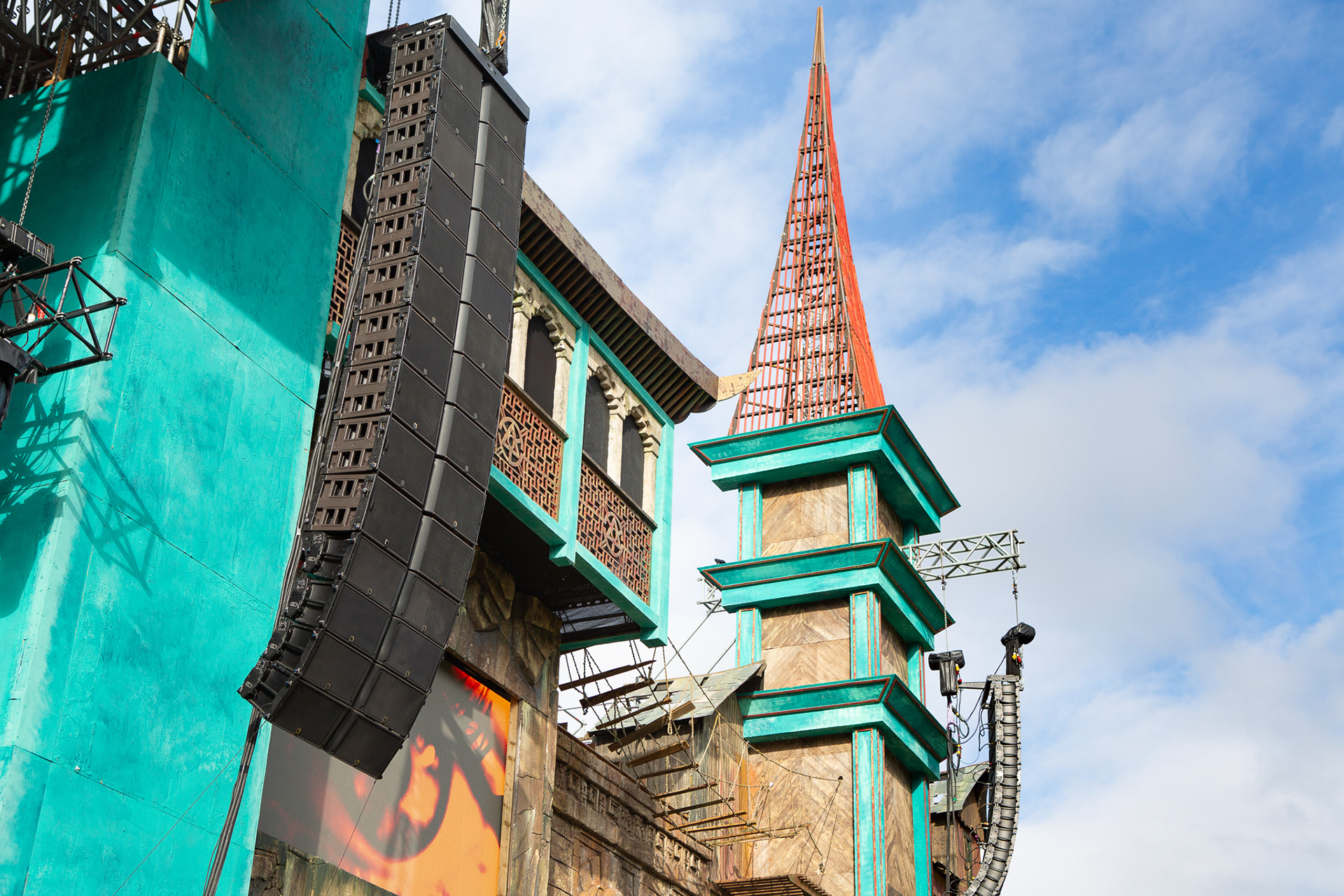
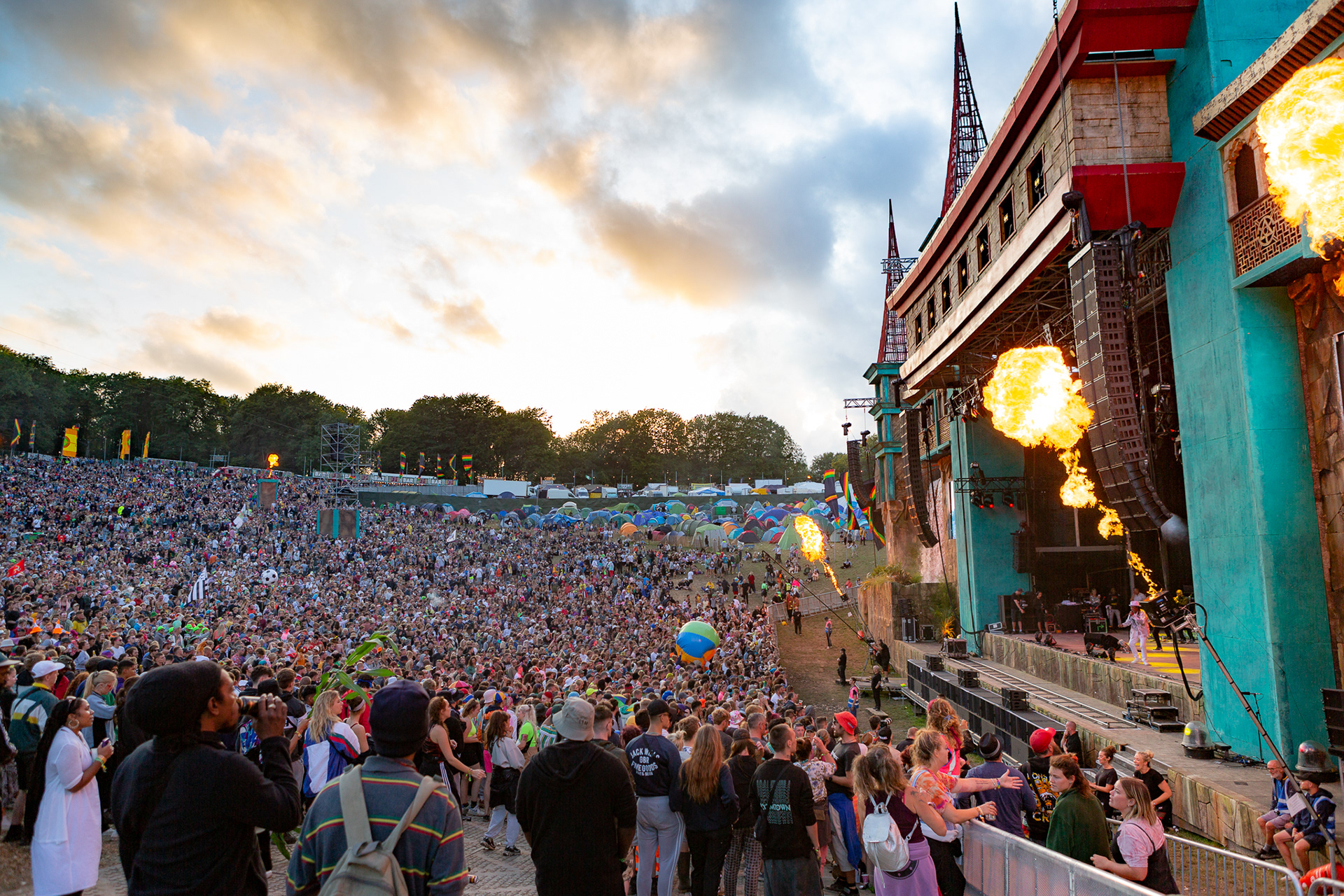
This new version FOH system was originally designed by my predecessor, Thomas Woolsey, and consists of Main hangs of 10x L-Acoustics K1 with 4x K2 downfill, Outhangs of 12x K2, 4 delay towers of 7x K2 and 24x KS28s in a cardioid array. 49x LA12X Amps were used to power the system, driven from a 96kHz Dante network with Lake LM44s/26s and AVIO AES output adapters in the delay towers.
The drive system included a fairly maxed out Yamaha QL1 which matrixed all of the MC mics, house music, video sends/returns and record feeds. This sat alongside the AVID Profile which was the main 'house console' in FOH.
One of the most challenging parts of the project is the terrain surrounding the stage. From a logistical point of view it makes moving equipment around the structure very difficult and time consuming, whilst in terms of system design it strongly re-enforces the need for an accurate Soundvision model. Luckily for us, the stage production manager (David 'Pev' Peverley) is basically a wizard and was able to use freely-available LiDAR data to generate a super accurate model of the audience area:
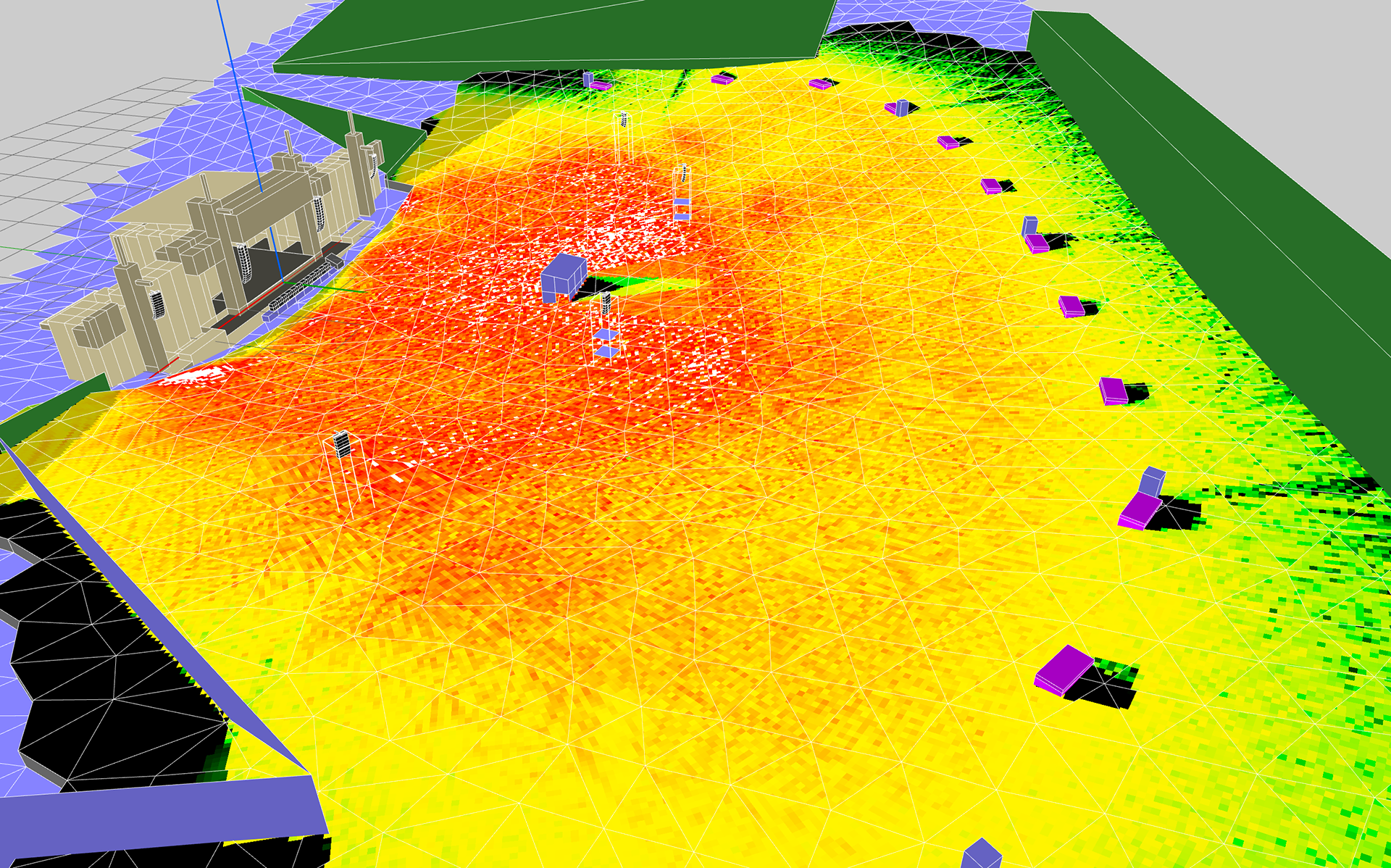
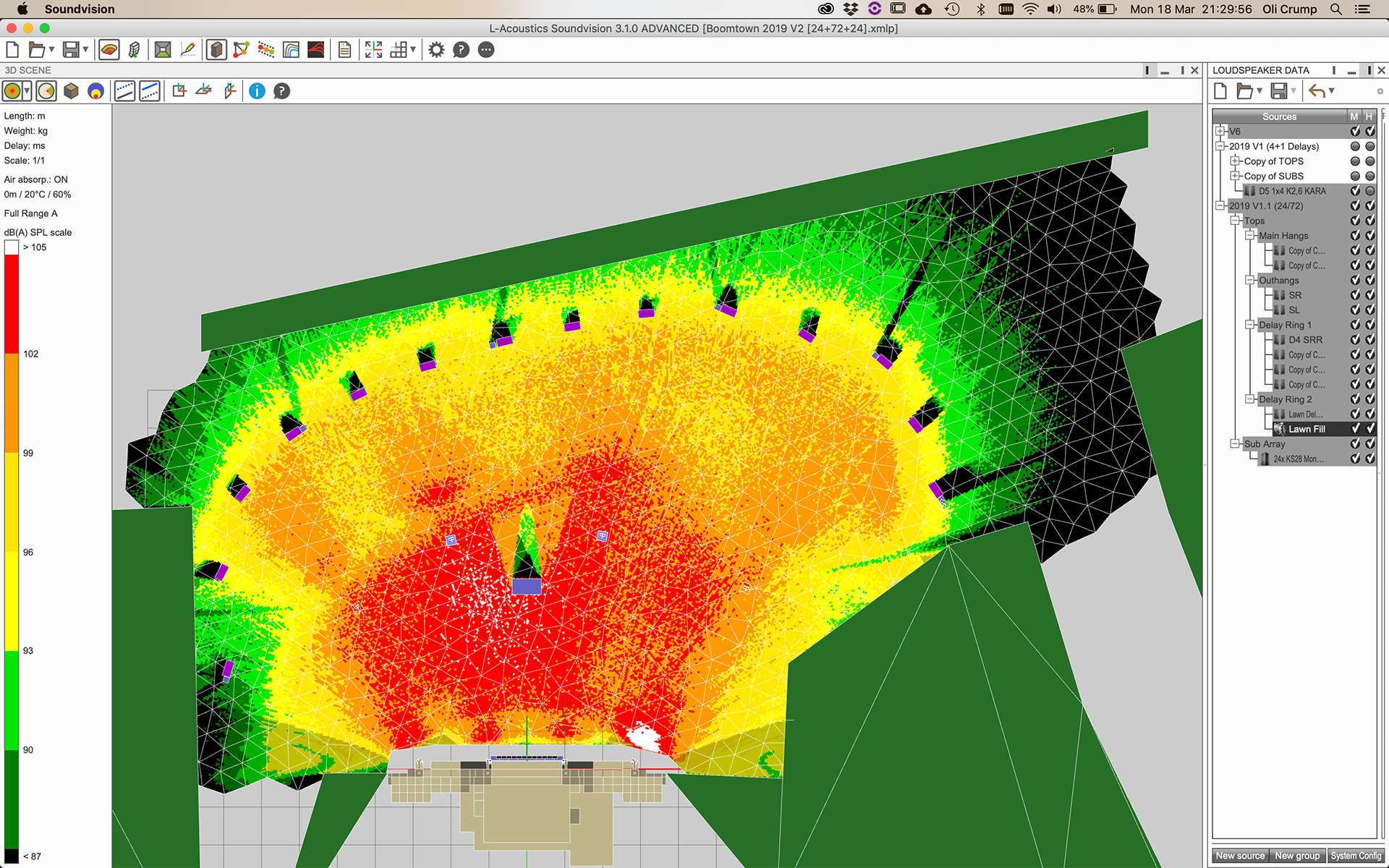
This model made it a lot easier to get the arrays in the right place and predict all of the settings for them, which in turn sped the tuning process up considerably. On shows like this that's a godsend, as we'll only get a limited window in which we can run up the system, and with an audience area this big, most of that can be used up by just walking the coverage. For example this year we got 3x 30min slots, with 30mins in between each, which seems like a lot of time, but it rapidly disappears when it turns out there's still a rigger in the roof, or you need to adjust site angles on hangs.
For the tuning process I worked with the system tech Kim Watson, and we started by verifying the delay times that I'd calculated in Soundvision. While I normally prefer to use Tuning Capture, Kim's more familiar with Smaart, so that's what we used.
Starting with the SL main hangs and side hangs, we played pink noise through both hangs to find the crossover point in the coverage between the two, and then took a trace of each at that position to get a time difference.
The sub array was delayed into an arc, and phase aligned to the mains at a position just off axis and just in front of FOH. Front fills were timed to their respective crossover points too.
Once the main system was aligned, we started repeating the process at the delay towers, firstly measuring on-axis with each delay hang, just where you're beginning to pick up the bottom box, and then in between each delay to ensure there weren't any huge time differences there.
Finally it was time to make some noise. I'd already calculated a lot of the array morphing and FIR filters in soundvision, so it was a pretty smooth process of listening to each hang on its own, and then adding in the other elements and walking as much of the coverage as we could manage within the time we had. We had to tweak some settings, and bump some motors around, but in general it was pretty well settled from the word go.
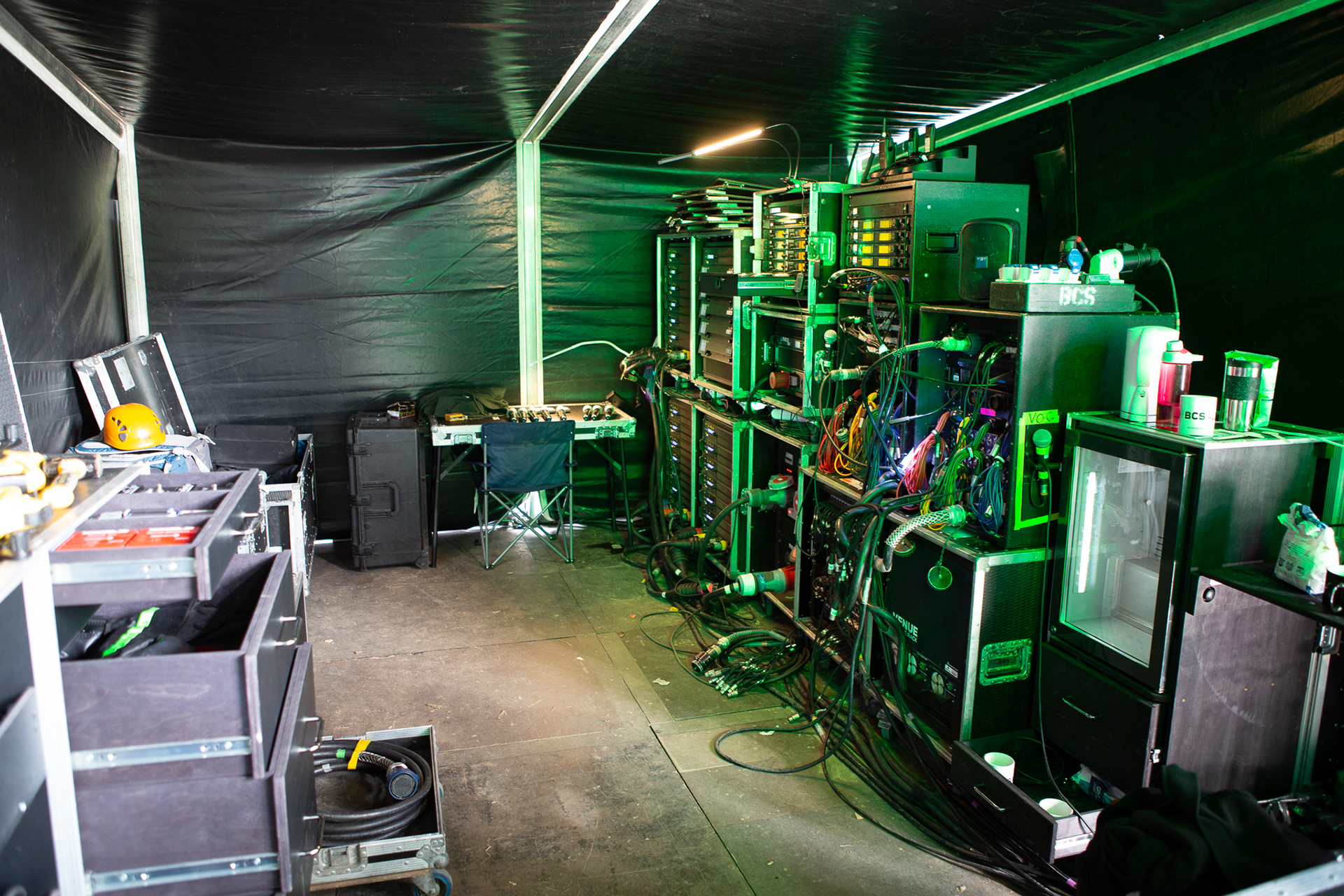


In total we had 6 engineers on site: Kim Watson as FOH System Tech, Sam Cook as FOH Engineer, Oli Haward as Monitor Engineer, Gaz Lewis and Ben Pedley as Patch and Myself as System Engineer/Deliveroo Boy/Delay Monkey/Patch 3.
If you've got any questions, feel free to drop me a line via the contact page.